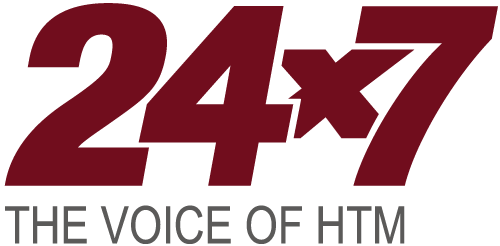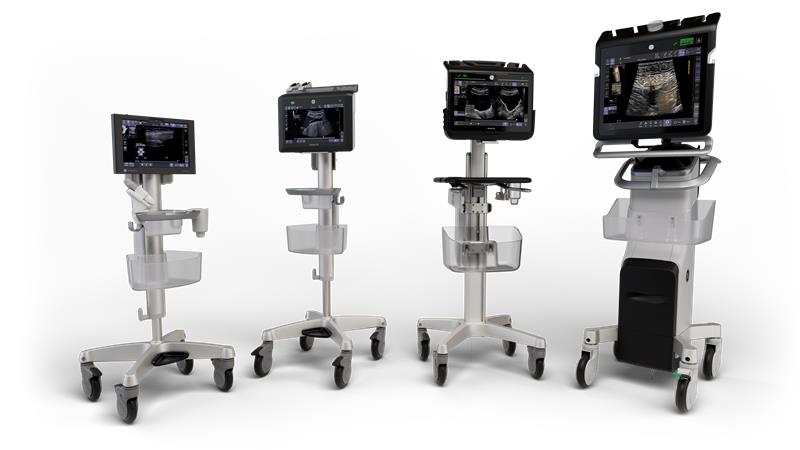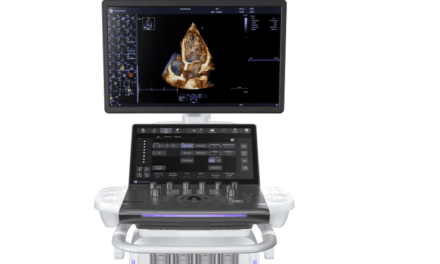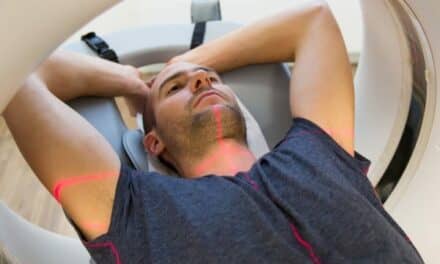The updated systems include a new tool for guiding peripheral nerve blocks and features to simplify bladder and cardiac assessments.
GE HealthCare has announced an update to its Venue family of point-of-care ultrasound (POCUS) systems, which now feature new artificial intelligence (AI)-enabled and digital tools. The enhancements, which have received US Food and Drug Administration clearance and are CE Marked for the European Union, are designed to improve efficiency and clinician confidence during exams.
The new tools are available across the entire Venue portfolio, including the Venue, Venue Go, Venue Fit, and Venue Sprint systems. A key addition is Nerveblox, an AI-enabled feature that automatically labels anatomical landmarks in the ultrasound image to assist clinicians during peripheral nerve block procedures.
“Our ultrasound portfolio is continuously evolving to meet the dynamic needs of clinicians, and we’re committed to driving innovation that makes our solutions more versatile, adaptable, and impactful,” says Karley Yoder, CEO of comprehensive care ultrasound, advanced visualization solutions at GE HealthCare, in a release. “With the latest Venue family systems, we’re proud to add new tools that enhance the use of POCUS in anesthesiology and pain management and enhance other tools and features that empower clinicians across all experience levels to deliver confident care anytime, anywhere.”
POCUS systems are used in emergency, critical care, anesthesia, and other clinical settings to guide diagnosis and procedures. In anesthesia, ultrasound is increasingly used to improve visualization during regional blocks and vascular access.
The new Nerveblox AI feature is designed to support this application by automatically labeling key anatomical structures, demonstrating 97% identification accuracy in company data. The technology supports 12 of the most common types of regional anesthesia procedures, aiming to streamline workflow and reduce procedure time.
“Nerveblox immediately impressed me. It provides a clear, colorful image of the target area in less than a second for multiple nerve blocks,” says Dr Olivier Choquet, Montpellier University Hospital, France, in a release. “I tested it with different approaches, and its performance should be excellent in helping the practitioner locate key anatomical structures before inserting the needle. This feature is truly impressive.”
In addition to Nerveblox, the latest Venue family systems introduce other advanced imaging modes and tools, including:
- Contrast Enhanced Ultrasound, an imaging mode for dynamic bedside evaluation of abdominal injuries and lesions.
- Auto Bladder Volume, a feature that simplifies urinary bladder volume measurement from two views to reduce exam clicks.
- Automated Function Imaging, which provides objective analysis of myocardial strain across heart chambers for cardiac assessments. This adds to the existing Caption Guidance AI software that provides on-screen guidance for capturing diagnostic-quality cardiac images.
The updated Venue family ultrasound systems are now available in the US, the European Union, and other markets where regulatory approval has been granted.
Photo caption: Venue family
Photo credit: GE HealthCare




